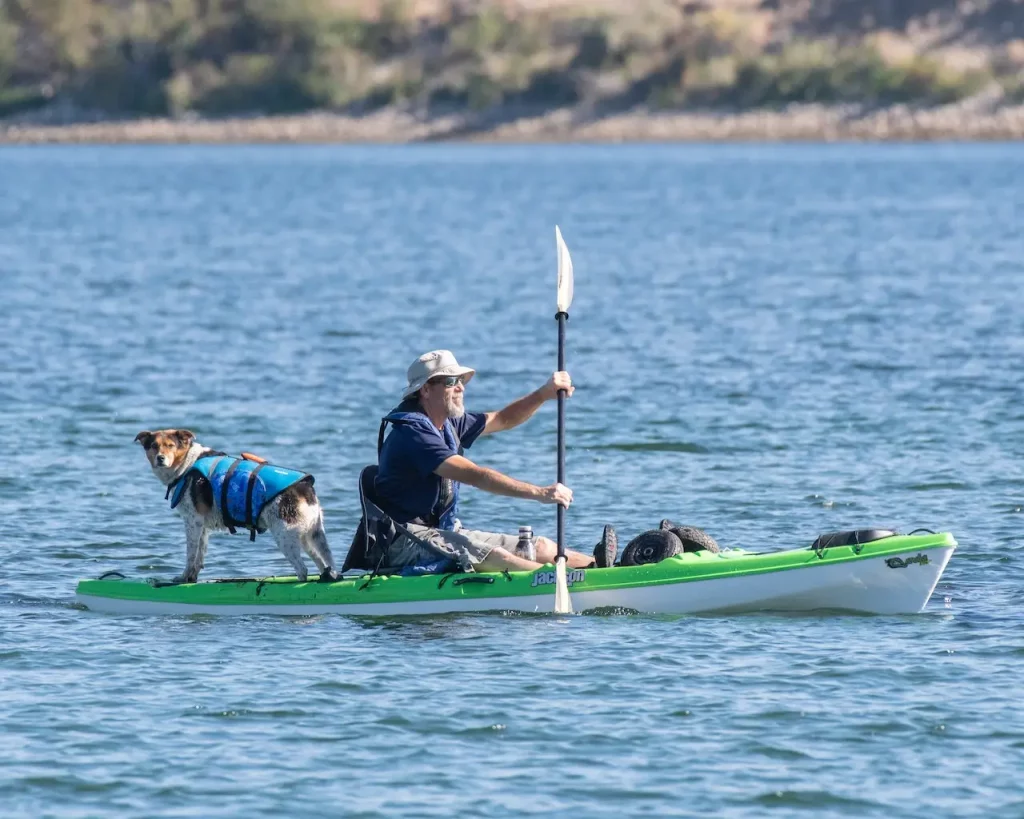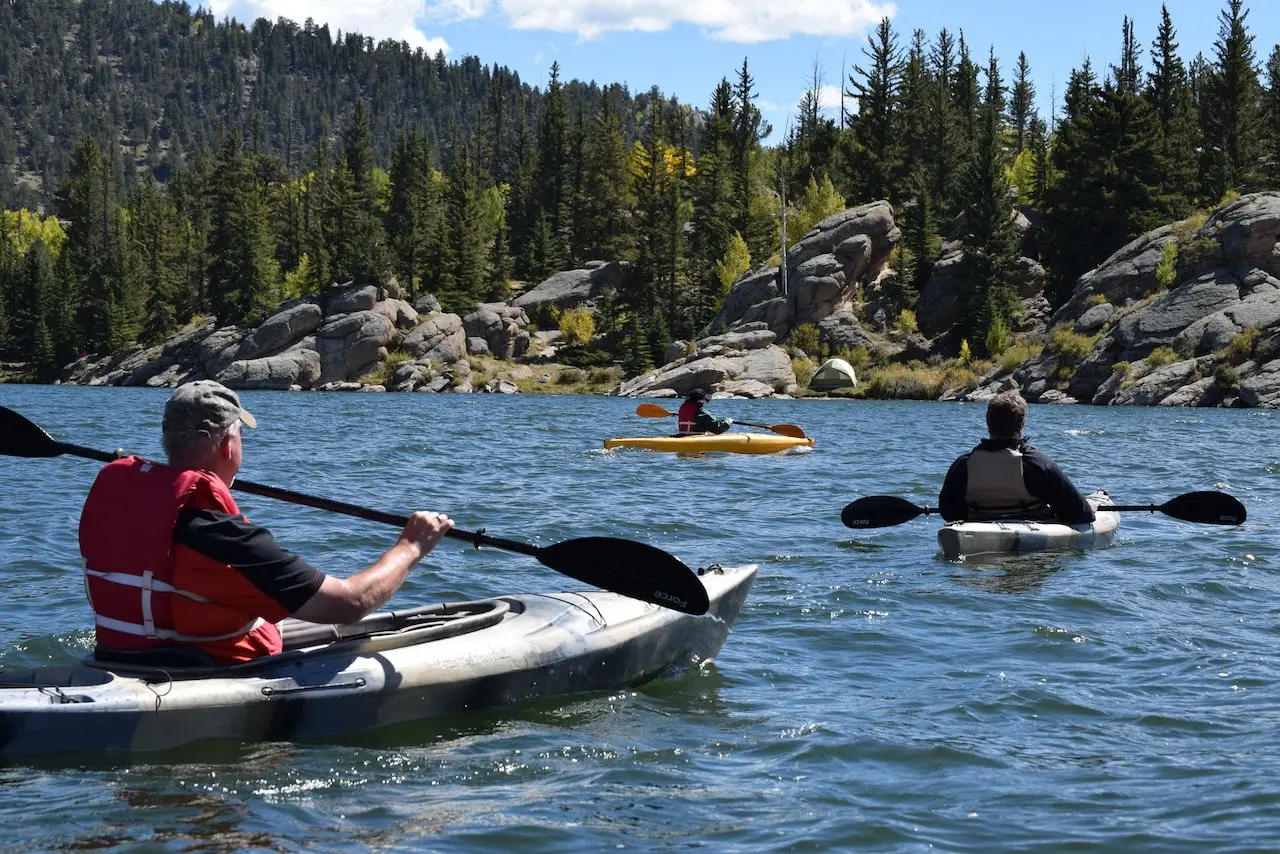Kayaking is an adventurous outdoor activity that many people enjoy. It allows you to experience the beauty of nature while navigating through water bodies. However, the excitement can quickly turn to distress if you find yourself upside down in the water because your kayak flipped over. While kayaking involves some level of risk, you can mitigate these by taking specific precautionary measures. This article will guide you through various tips to prevent a kayaking flip over and ensure your safety on the water.
Understand the Different Types of Kayaks

Recreational Kayaks
These are generally wider and more stable, making them less likely to flip. They are perfect for beginners and for those interested in a leisurely paddle.
Touring Kayaks
These are narrower and built for speed. However, they are less stable than recreational kayaks and require more skill to navigate safely.
Whitewater Kayaks
Designed for rough water and quick maneuvers, whitewater kayaks are the most likely to flip if not handled correctly.
Understanding your kayak’s limitations and strong points will help you operate it safely.
Get the Right Gear
Personal Floatation Device (PFD)
Never go kayaking without a PFD. Make sure it fits snugly and does not obstruct your paddling.
Helmet
This is especially crucial for whitewater kayaking where the chances of hitting rocks are higher.
Proper Clothing
Wear materials that wick away moisture and dry quickly. In colder conditions, consider wearing a wetsuit or drysuit.
Pre-Departure Checklist
Weather Forecast
Always check the weather before heading out. Avoid kayaking in stormy conditions or when strong winds are predicted.
Safety Gear
Make sure you have all your safety gear, including a whistle, a bilge pump, and a first-aid kit.
Trip Plan
Always let someone know where you’ll be kayaking and how long you plan to be out.
Paddling Techniques to Prevent Flipping
Low and High Brace
Learning these bracing techniques can help you regain balance if you start to tip.
The Eskimo Roll
This is a last-resort skill that allows you to right your kayak if it flips without exiting the kayak. However, it requires practice and expertise.
Proper Seating and Posture
Your position in the kayak can affect its stability. Sit up straight and keep your hips loose to allow the kayak to rock without flipping.
Factors That Contribute to Flipping
Overconfidence
Being too confident can make you careless. Always respect the water and your kayak’s limitations.
Inexperience
If you’re new to kayaking, stick to calm waters and gradually progress to more challenging conditions.
Environmental Hazards
Be aware of factors like strong currents, waves, and underwater rocks that can destabilize your kayak.
What to Do If You Flip Over
Hold Onto Your Paddle
Your paddle is an essential tool for getting back into your kayak.
Tuck and Protect
Tuck your body and protect your head from hitting any underwater obstacles.
Wet Exit
If you can’t perform an Eskimo roll, you’ll need to execute a wet exit, which means releasing yourself from the kayak and coming up for air.
Reentry
Once you’re out of the water, use your paddle and a friend’s kayak to stabilize yourself as you reenter your kayak.
Additional Tips for Kayaking Safely
While the main article offers comprehensive guidance on preventing a kayak from flipping over, there are a few additional aspects you might consider to ensure an even safer and more enjoyable kayaking experience.
Know the Water
Understanding Water Conditions
The type of water you’re kayaking in can have a significant impact on your experience. For instance, sea kayaking involves different challenges like tides and waves, compared to the static conditions of a lake.
Water Temperature
Consider the temperature of the water as well. Cold water can be a severe hazard, leading to hypothermia if you flip and are submerged for an extended period.
Marine Traffic
If you’re kayaking in areas frequented by boats and ships, be sure you’re aware of maritime rules and have the necessary safety markers on your kayak to be visible to other vessels.
Group Kayaking vs Solo Kayaking
Advantages of Group Kayaking
Kayaking in a group allows for collective experience and skills to come into play. If someone flips, there are more chances of a quick rescue. It’s also more enjoyable and safer to explore unknown territories as a group.
The Risks of Solo Kayaking
If you choose to go solo, make sure you have a reliable way to communicate with the shore. Solo kayaking can be risky, especially if you are not an experienced paddler.
Use of Technology for Safety
GPS Devices
A waterproof GPS can be a lifesaver, helping you find your way back if you get lost. There are various GPS apps designed specifically for kayakers.
Emergency Beacon
Consider carrying an emergency beacon that can send a distress signal in case of an emergency, which is especially useful for sea kayaking or remote river trips.
Nutrition and Hydration
Stay Hydrated
Dehydration can lead to fatigue and reduced alertness, making it easier to make mistakes and flip your kayak. Carry sufficient water with you.
Energy Foods
Pack energy bars, fruit, and other easy-to-eat but nutritious foods. Kayaking is a physically demanding activity, and you’ll need to replenish your energy to stay sharp.
Seasonal Considerations
Winter Kayaking
Winter poses unique challenges such as ice on the water, fewer daylight hours, and the risk of hypothermia. Extra precautions are necessary, including specialized gear like dry suits.
Summer Kayaking
Summer may seem more manageable, but it comes with its own set of challenges like sunburn, heatstroke, and more boating traffic.
Training and Courses
Apart from self-learning, consider taking formal kayaking lessons from certified instructors. Many organizations offer various courses that cover everything from basic paddling techniques to advanced rescue procedures.
Conclusion
Flipping over is a common fear among kayakers, but proper preparation and technique can significantly reduce the risk. By understanding your kayak, wearing the right gear, and employing proper paddling techniques, you can ensure a safer and more enjoyable experience. Remember, the key to preventing a kayak flip over is to respect the water and never underestimate its power. Happy kayaking!
Read more about kayaks:
- What to Wear for Kayaking in Summer
- How to Store a Kayak in the Garage
- What is a Skeg on a Kayak
- What is a Tandem Kayak
- How to Build a Homemade Kayak Launch
- How to Get in a Kayak
- What to Wear for Kayaking?
- How to Transport a Kayak Without a Roof Rack?
- How to Build a Kayak Rack for an RV?
- Are Inflatable Kayaks Safe?
- How to Build a Rack for Kayaks?
- Do Kayaks Have a Weight Limit?
- Wilderness Systems Pungo 120 Kayak Review
- Is it hard to kayak?
- How to Lock a Kayak?
- Where to Kayak with Manatees?
- Pungo 120 vs 125: Which is the Better Choice?

Hi, I’m Steve, the passionate kayaking enthusiast behind Outdoor Bravo. As an avid adventurer and nature lover, kayaking has been a central part of my life for as long as I can remember. My love affair with the water began during my childhood, and it has only grown stronger over the years. From serene lakes to rushing rivers and even challenging ocean tides, I’ve navigated various water bodies, seeking new thrills and unforgettable experiences.
